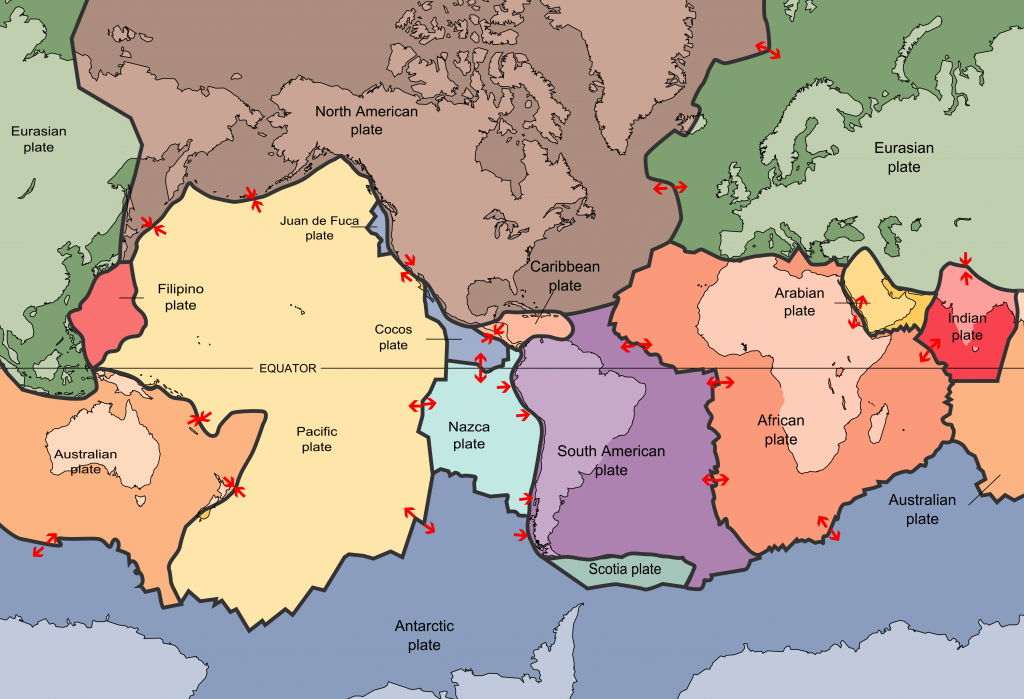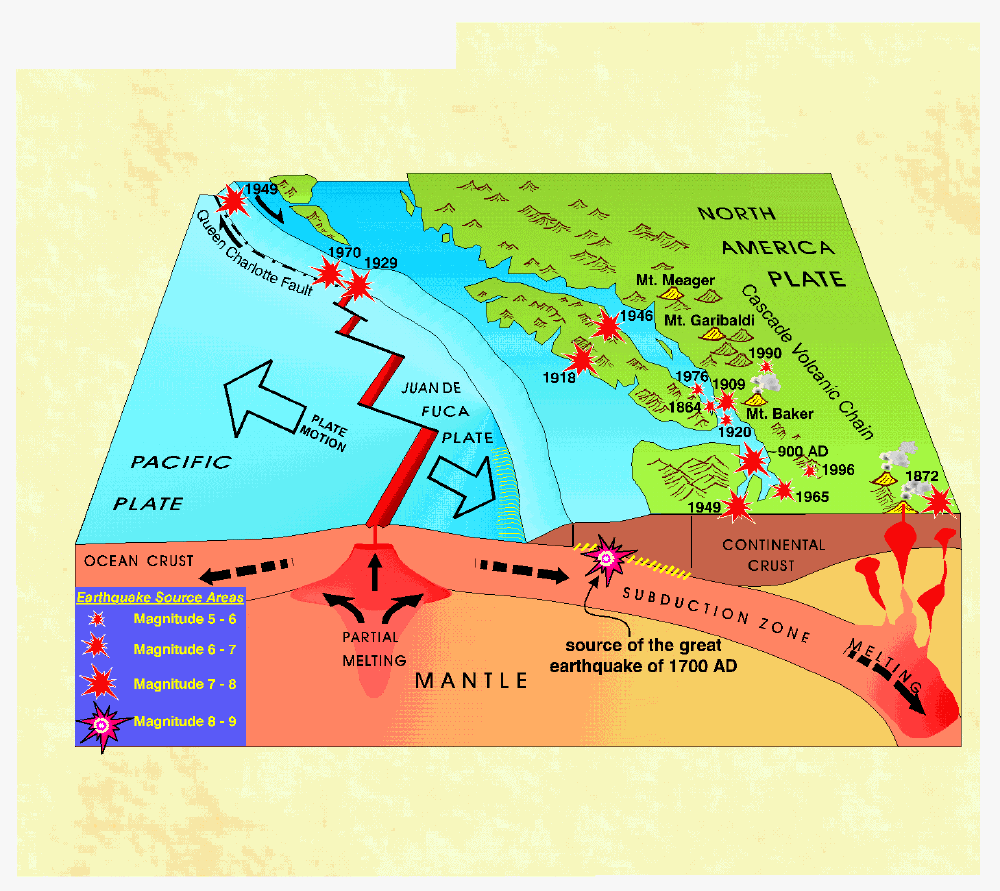Natasha asks—
Hi Pat,
I was told you are a geologist of sorts. My question is as follows:
Why is it believed that Pangaea is the only original continent? I understand that earth was essentially hit with “space water” which created our current ecosystem in that we can survive . Why though , was there only one super continent and not many different smaller continents ? Were there smaller continents that have been pushed below the “great blue” or do we not really truly know and it is all a wonderful hypothesis ?
A geology question! Sorry I took so long answering it. Indeed, I was a geologist of sorts at one point in my life. I even got paid for a few jobs with “geologist” in the job title, but telling rock stories is now more of a pastime. That doesn’t stop me from spending an inordinate amount of time taking pictures of my own finger pointing out interesting things in rock – like the Ophiomorpha above. But you asked about Pangaea.
Pangaea is the name geologists give to a “supercontinent” that existed about 175-300 million years ago. It is generally thought that during the early Mesozoic, pretty much all of the extant continental crust was pushed together into a single big piece, and (consequently) the rest of the planet was covered by a single huge ocean, Panthalassa. However, it likely wasn’t the only “supercontinent”, just the only one at the time. To understand the history, you need to understand a bit of Plate Tectonics.
Plate Tectonics is the unifying theory of geology. It is to geology what evolution through natural selection is to biology and atomic theory is to physical chemists. The answer to every geology question is tied back, somehow, to Plate Tectonics. This is the theory that the rigid crust that forms the surface of the earth is broken up into thin plates that slowly shift around due to complex dynamics of the underlying plastic/molten mantle. Plates move very slowly, measured in centimetres per year (about the pace that your fingernails grow!) but over millions of years, these small movements add up. At the edges of these plates is where (almost) all the action happens: colliding, mountain building, subduction at ocean trenches, volcanoes, earthquakes…

The crust is made up of two main types: continental crust (which is older, thicker, and less dense, for chemistry reasons we don’t need to get into here) and oceanic crust (which is generally younger, thinner, and more dense). There is some mixing of the two types, and most plates are an amalgam of both types, due to all that along-the-edge action. Most of the time, continental crust is distributed about the globe, rather like it is today, but sometimes it all bunches up in big amalgams, known as supercontinents. I’m not really sure we know why, or how often this happens, but Plate Tectonics has only been the prevailing theory of the earth for about 50 years, so people much smarter than me are still working our some of the details!
Pangaea was the last time that we think all major pieces of continental crust were pushed together into more or less a single piece. They started to be assembled together around 300 Million years ago, and were pretty much broken up by about 175 Million years ago. I’m not sure if the dinosaurs even noticed, but the fact that early dinosaurs managed to populate what are all now spread-apart continents is one of the pieces of evidence that supports the theory.
Remember, though, the Earth is much older than that. We have dated hunks of continental crust to almost 4,000 Million years, and have evidence that something similar to plate tectonics has been occurring on earth for at least 3,500 Million years. Because all of the collisions and other action at the edges tend to mess up the record, the further back we go, the less certain we are. This is made even more complicated because the plants and animals that make up the compelling fossil evidence for Pangaea’s geography simply didn’t exist before ~600 Million years ago. That said, convincing reconstructions based on multiple lines of evidence have been developed of the supercontinent “Rodina” from 1,200-750 Million years ago, and “Protopangaea” at something like 2,500 Million years ago. There may have been three or four more. So Pangaea is the latest, but not the only.
The part of your question that doesn’t really fit the model of the Earth as a geologist would describe it is the inference that continents are “pushed below” the sea. For the most part, that doesn’t happen. When plates with continental crust collide, they get smushed together and create mountain ranges, like the Himalaya or the Alps. As they rise, they get eroded, and large rivers carry them off, one sand grind at a time, to the ocean, but that isn’t really the same thing as sinking. If a piece of continental crust collides with oceanic crust, you also get mountain building, and a bunch of volcanoes (think the west coast of Washington and Oregon), and you also get a subduction zone where oceanic crust gets pushed down into the mantle and melted. However, in those collisions, the less dense continental crust always stays on top. Very, very little of it is recycled back into the mantle.

Now onto the water. There are only two reasonable hypotheses for why earth has so much water: it was here all along, or it came later as the Earth was pounded by water-rich comets and asteroids at the end of the Late Heavy Bombardment (Maybe 3,600 Million years ago). Both are probably true, but more recent hydrogen isotope data suggests that most of our oceans’ water was here all along. This is because our water is isotopically similar to the trace amounts we find in other nearby bodies (Mars, Venus, the Moon) and less like that we find in comets that we have recently been able to measure, like Hale-Bopp and Churyumov–Gerasimenko (which the ESA landed a freaking probe on last year!).
That we have water in such abundance, and in all three phases, is a pretty fortunate situation for those of us who want to live a carbon-based life on this planet. This is either a much-too-convenient coincidence, or a banal observation, depending on your philosophical bent, but that has little to do with geology.
Thank you ! That answered my question. I was confused with subduction zones not plates being pushed beneath the sea. But thsts okay, I have an arts degree not an earth science degree haha.
I like it! This can become a civics and geology blog. I’m currently studying geology at Douglas so this was a nice read.